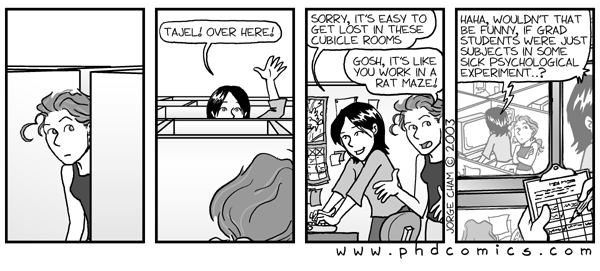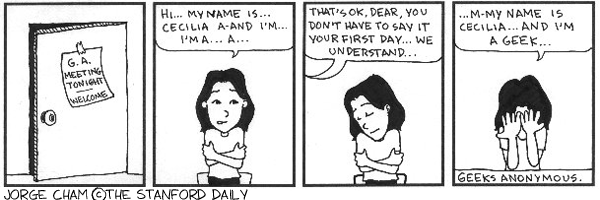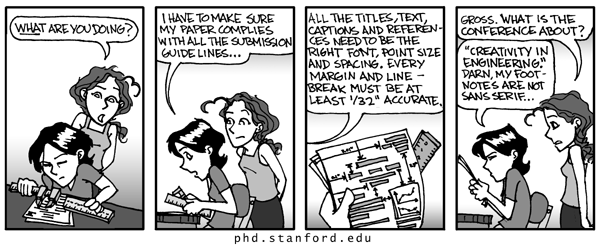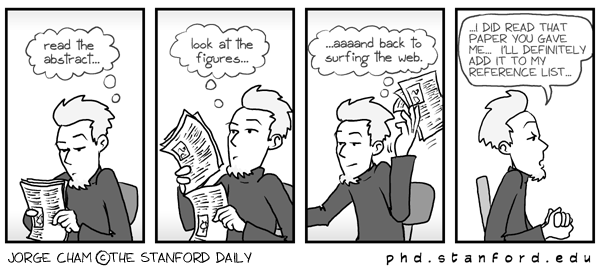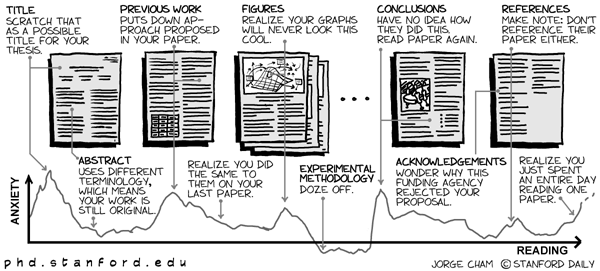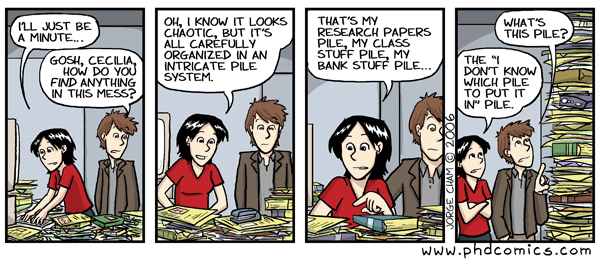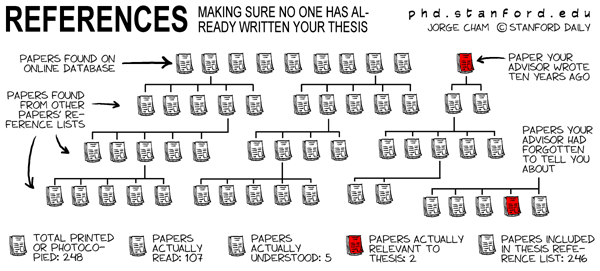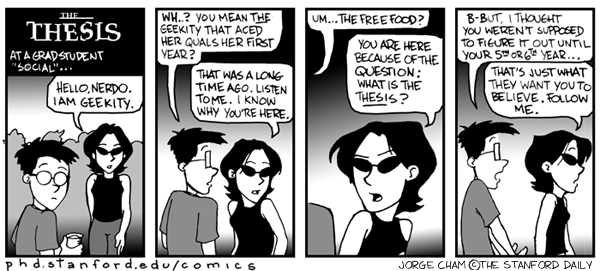
With the project in full swing, it’s important to have a website and online presence. Before developing an all-singing-all-dancing website that would show of my development skills, I thought it’d be a quick win to take the template from the previous project and revamp it for the current one. That was successfully done and lasted us for the first 6 or 7 months of the project.
I then came time to deliver on a slicker looking one, but I was holding off on doing so until we’d secured some logos and branding. From my time in industry, I can tell you that people won’t remember the full statement of the type of work you do, but they will remember a catchy logo. At one time, in one of my previous companies, I made some minor edits to their logo to use it for certain purposes, and I suffered the full wrath of the branding department (yes, there was a whole department dedicated to this) and was educated with a 40 page document explaining exactly how the branding is to look and what you can/can’t do with it. I guess if I spent £45K on something like that, I’d want to make sure it was properly used as well.
Anyway, to get this in place, we decided to advertise a contest with 99designs.com, to get the expertise of as many designers as possible and see if the service they purported to offer was worth using on future projects. I’m happy to say that we were able to get something great and work with a very hard working designer, and have now implemented their designs on various media. People may not remember the long description of our work, but when they see our logo, they’ll know it’s us.
Now, logo in place, I redesigned our previous site using UCL’s supported online Content Management System (CMS), Silva. At first, I found it a bit cumbersome, but in time, I warmed to it. I still prefer WordPress, and think most will still use it, but Silva’s not a bad one. At the end, put the logo in, stepped back and admired my work, and the team was quite pleased.
I made sure when the logo was created to also have a favicon as a part of the main one. A favicon, for those who don’t know it (I didn’t at the time) is a smaller icon (generally a symbol) used to represent you. Think about the blue bird from Twitter, or the blue dot and the pink dot used for Flickr. We now use our favicon for our Twitter account and will also use it for our Facebook page when we launch.
It may not seem important to some, but having some semblence of branding will add professionalism to your project and give people a visual aid to help remember who you are and what you do.
